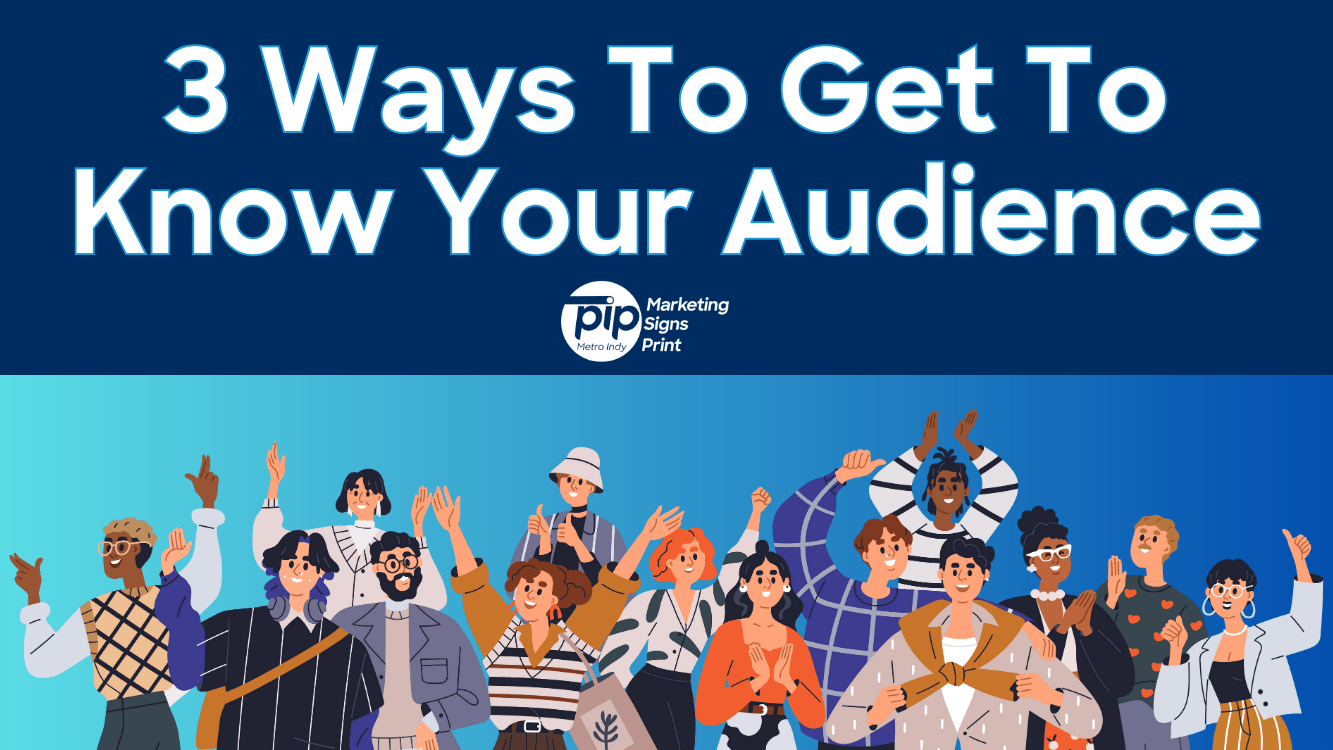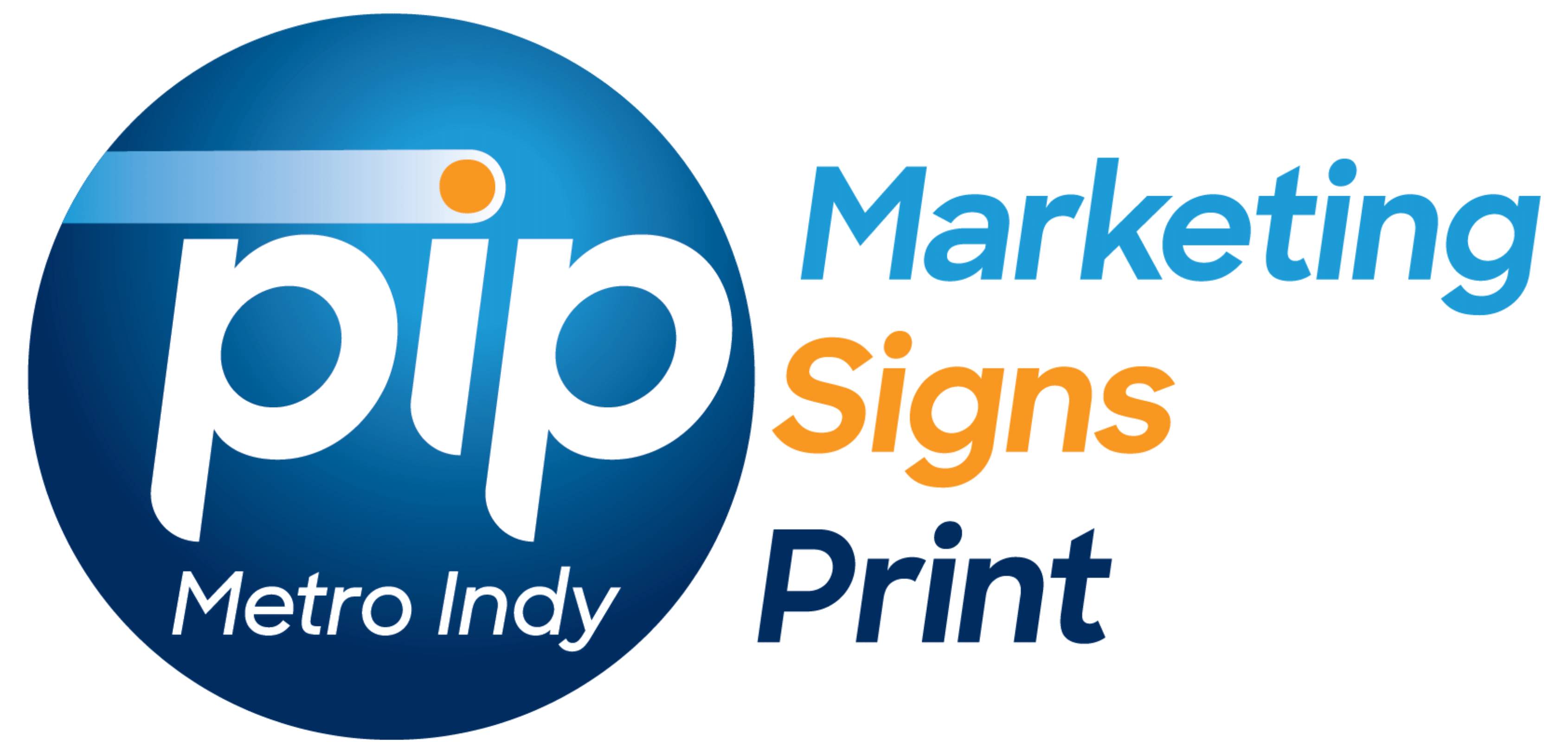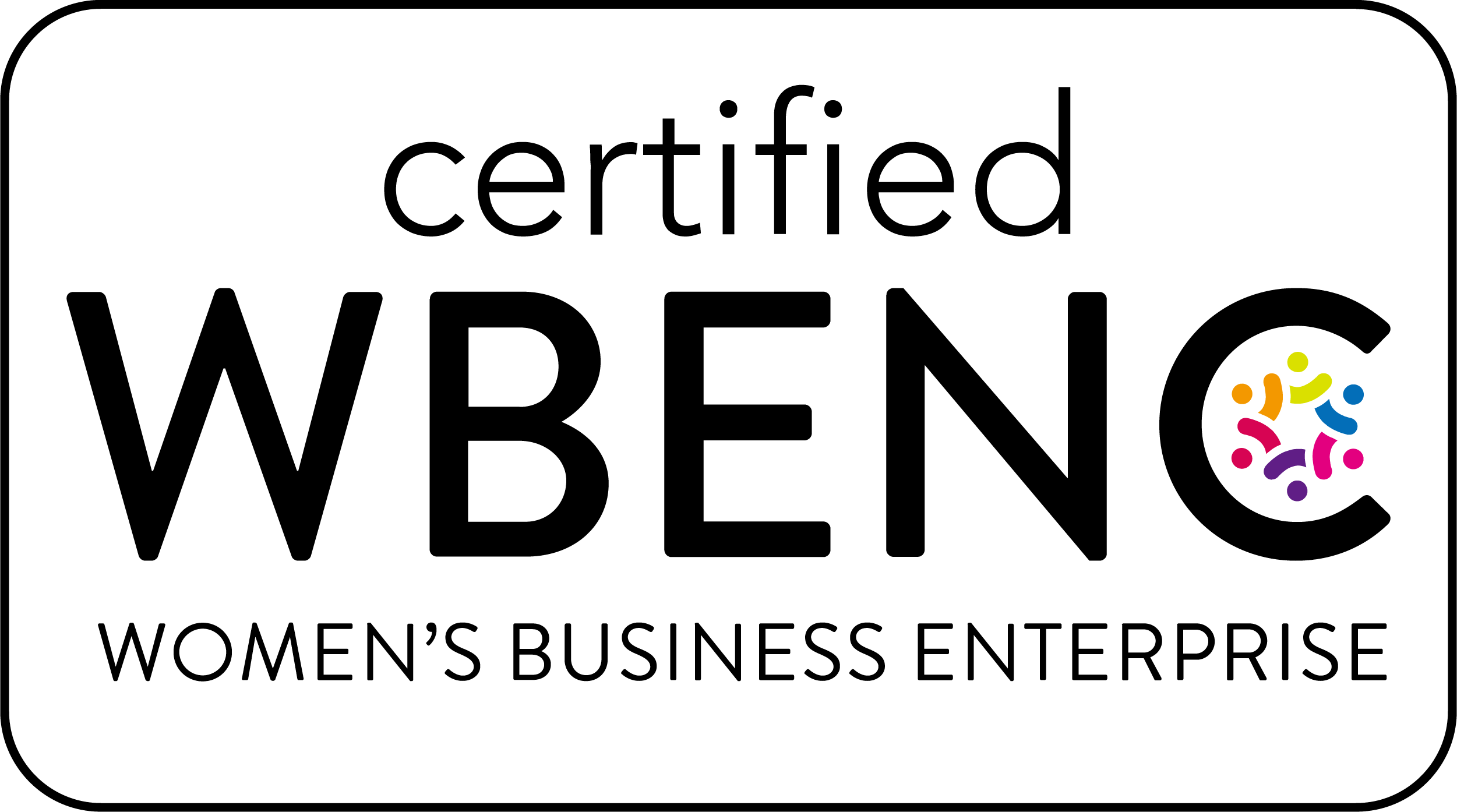
How well do you know your audience? Do you have a complete picture of their demographic information, interests, habits, purchasing preferences and the social causes they care about?
Hubspot surveyed more than 1,200 marketers and found they have difficulty getting this detailed audience information for two main reasons: 1) recent data privacy measures and 2) rapid audience evolution.
First, global data privacy regulations were put into place specifically to restrict marketer access to consumer information. Secondly, consumers’ lives have changed drastically over the last few years (pandemic, financial market changes, new technologies), shifting their interests, expectations and consumption habits.
Recognizing these challenges, how can marketers better understand their audience? We’ve pulled together three suggestions for improving your understanding of your audience and their behaviors.
Gather First-Party Data
Go straight to the source and get your information directly from your audience. Instead of relying on list brokers or other third-party data, collect your information from your prospects themselves—with their consent, of course. This looks like asking website, app or social media visitors to share their email addresses and tracking their behaviors across your different platforms.
You may also consider offering discounts or newsletters, providing free webinars, offering free downloadable materials or a complimentary demo of your product or service. Use lead generation campaigns or send out surveys with custom questions from which you can aggregate data. As customers provide more and more information, it is collected in your CRM to build a more holistic profile of your customers. Above all, give customers or visitors a reason to learn more about your business.
Create a Single Source of Truth (SSOT) for Marketing Data
To get the most value from your data, you need to ensure that everyone in your organization is accessing the same information. If your organization is pulling data from multiple platforms or if your teams can’t effectively collaborate, your data accuracy levels will be low. Without a SSOT, customer data can vary wildly from one platform or source to the next, giving you conflicting pictures of your customer demographics.
Building a single source of truth or single customer view also facilitates better customer experiences. Accurate and complete data allows you to personalize content, making it relevant to your audience. You can maintain this SSOT in your CRM system, marketing automation system, customer data platform or data warehouse for ease of accessibility.
Keep Your Data Fresh
List hygiene (aka, data cleansing or data scrubbing) is essential for staying knowledgeable about your audience’s changing interests and behaviors. This includes removing old or abandoned email addresses, fixing typos, deleting duplicate contacts and correcting other errors that bog down your database. A thorough and regular cleansing strategy ensures trustworthy content, deeper and more accurate insights and fully informed decision-making.
The upside is your business is not alone if you struggle to get and maintain good data. Many businesses face this same challenge. But taking steps like these can help you get better data and more fully understand and connect with your audience.


